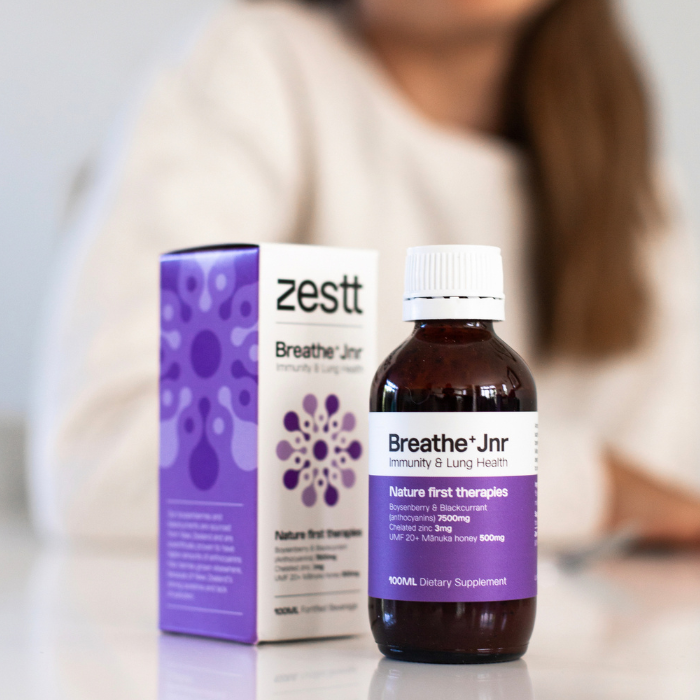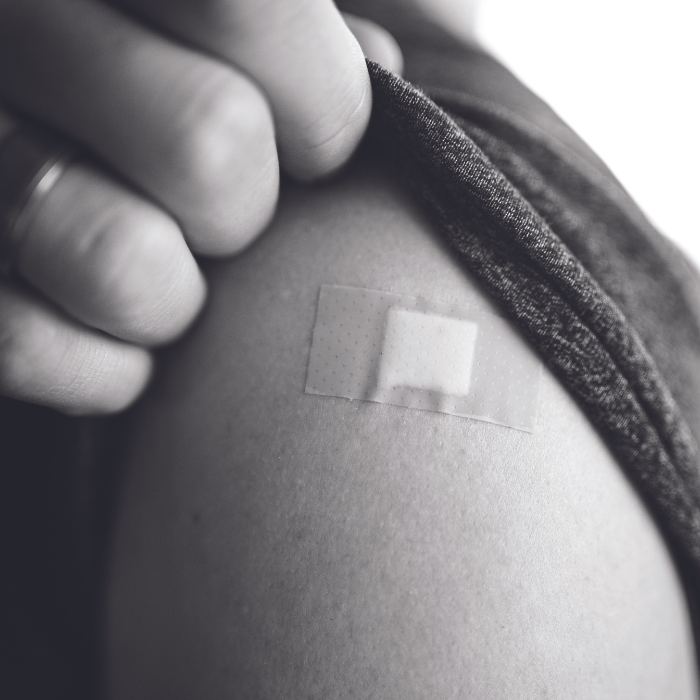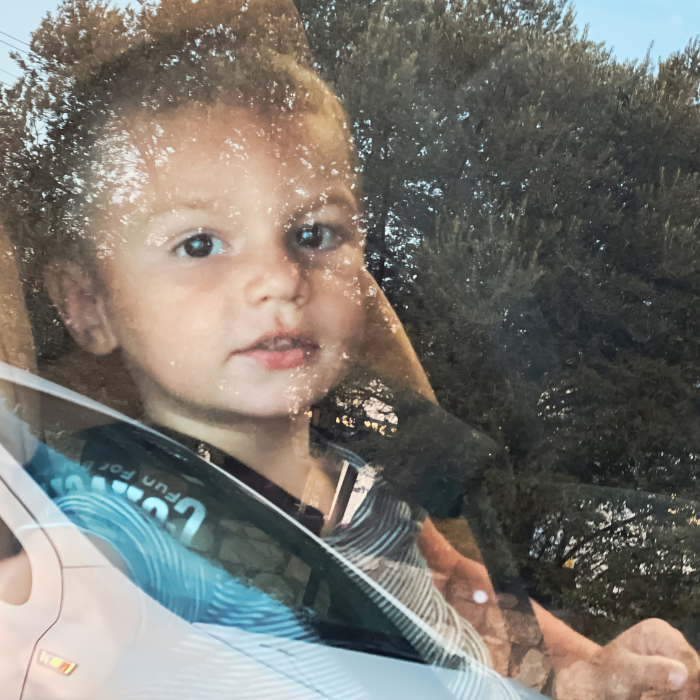
Once upon a time, a long time ago, only hospitals used antiseptic wipes, antibacterial soaps and a plethora of disinfectants. Now many homes reflect this kind of sterilisation. However, the myth of cleanliness being close to godliness has been entirely debunked by scientists. Like all things, bugs must be in balance. In fact, a healthy dose of bacteria and germs are the best medicine.
Is there really ‘healthy’ bacteria?
The human microbiome is made up of a combination of viruses, fungi and microbes. Did I just say viruses and fungi? Yes. While we have been taught – and sometimes have done the teaching – that bugs, cooties, fungi and all other germy variations are spawns of sickness and disease, the reality is much more complicated. Contrary to popular belief, there are healthy bacteria, and this ‘icky’ stuff is essential to human life.
Broken down simply, our microbiome is the ecological system – like a family of bacteria – and our microbes are the brothers and sisters in that family. Microbes all work to create and regulate the greater immune system; supplying cell nutrients, facilitating digestion, while also preventing ‘colonisation’ of harmful bacteria and other bits and bobs. In essence, it’s a full time job. In fact, microbes actually slightly outnumber cells in the human body; which means we are just as full of ‘gross’ germs and bacteria as we are full of the distinct DNA that makes us human.
Communities of bacteria
This intimate relationship between microbes and us creates unique patterns in each person, and the trick is attempting to make this pattern healthy too. Professor Tim Spector, author of The Diet Myth, stated in an article for The Guardian that it’s all about having ‘the right community of bacteria that are working together’. Scientists have discovered that like blood types, we have ‘bug types’ or, bug communities. Considering that every human is ‘host’ to more than 1,000 species of microbes (according to Physiology for Dummies), that’s a big community to balance. Maybe Pixar was right, and there are control panels inside all of us – only instead of emotions steering the wheel, it’s microbes.
Introducing microbes
Professor John Cryan, a microbiome expert, confirmed that while the theory is still a bit controversial, it is generally agreed that when babies are born they acquire ‘handover bacteria’ as they traverse the birth canal. ‘It is like a gulp at birth,’ Cryan told the The Guardian. This first ‘gulp’ of bacteria jumpstarts the whole microbiome. Caesarean sections have been linked to a higher risk of Type 1 diabetes and asthma, as babies miss this journey out of the birth canal. But, it is not lost forever! There are other ways to literally gulp down bacteria.
It’s really in every kid’s DNA to stick things in their mouths: dirt, grass, you name it, they’ve tried it. While we try to train them out of it, their DNA is doing this for a reason. The body is introducing and grooming microbes. Next time you notice your young kids rolling about in the dirt, sticking their finger up another kid’s nose, or licking the dog, know that it is all in the pursuit of a healthy microbiome. From birth, the microbiome is constantly in flux, growing and changing internally as parents watch external changes. The microbiome stabilises by about age three. In these formative years, exposure to a whole host of microbes is integral. In other words, a healthy microbiome equals a healthy kid, and losing this wide exposure to bacteria can lead to tragic consequences.

‘Unprimed’ immune systems
Mel Greaves, from the Institute of Cancer Research in London, began to notice within his field of study that the number of cases of children being diagnosed with leukaemia has been increasing annually in the United Kingdom and Europe. He believes leukaemia is a disease that is linked directly to affluence: where wealth in a country increases, so do cases of leukaemia in children. (In fact, scientists have confirmed that citizens in more affluent countries have less bacterial species in their guts, which directly relates to their level of exposure to microbes in early life.) Greaves stated in The Guardian that, ‘for an immune system to work properly, it needs to be confronted by an infection in the first year of life… [without it] the system is left unprimed and will not work properly.’ These ‘unprimed’ immune systems are prone to asthma, allergies, Type 1 diabetes and, in worst-case scenarios, leukaemia. But don’t panic! Leukaemia really is the worst-case scenario. Greaves is currently working on creating a microbe ‘cocktail’ for children that will reintroduce microbes that have not been organically formed, subsequently boosting their microbiome to a healthy balance; thereby reducing the risk facing children with ‘unprimed’ immune systems.
Dirty kids are healthy kids
While scientists like Greaves are working on the big solutions, parents can be doing lots of little things that make a huge difference. The good news is that there’s no need to worry about dirty kids, or even downright filthy kids (always a good excuse to have a hot bubble bath afterwards). Let them play in the mucky, messy outdoors; an outdoors that is full of plants, animals and dirt – a richly microbial landscape. Kids growing up today have the best of both worlds. Centuries of hygiene, healthcare and vaccines have eradicated the real dangers. The world outside our door is not as dangerous as it once was. Now kids are free, with the worst thing being a runny tummy after eating a mud pie. Jack Gilbert, author of Dirt is Good: The Advantage of Germs for Your Child’s Developing Immune System even goes as far to advise parents to throw away the five-second-rule. He states that you simply need to lick clean a dropped dummy before placing it back in a baby’s mouth. Parents, don’t worry anymore about scrubbing vegetables once you’ve plucked them from the garden, simply rinse them. You can be completely guilt-free in letting your kids get their hands dirty.
By Olivia Stanley.
References/further reading: The Guardian Online, ‘The Human Microbiome: Why Our Microbes Could be Key to Our Health,’ by Nicola Davis, 2018. Dummies.com, ‘The Microbiome: An Important Part of Human Physiology,’ by Janet Rae-Dupree and Pat DuPree. The New York Times Online, ‘Bacterial Ecosystems Divide People into 3 Groups, Scientists Say,’ by Carl Zimmer, 2011. The Guardian Weekly, ‘The Truth About Why Kids Get Leukaemia,’ by Robin McKie, from the 11th of January 2019 edition. Lunch Lady Magazine, ‘Eat Dirt,’ article, Issue 12.







